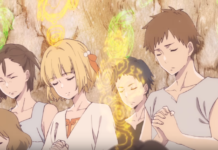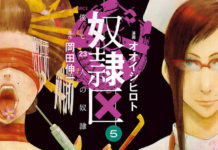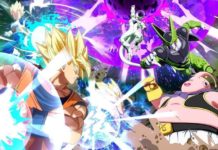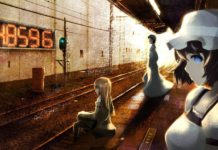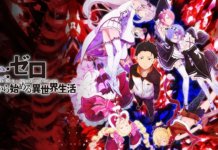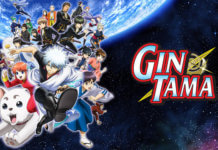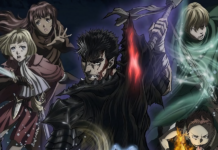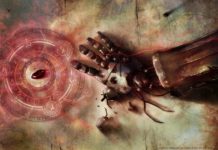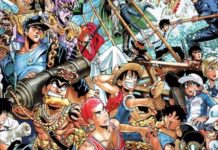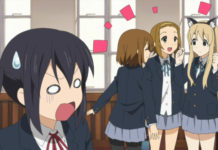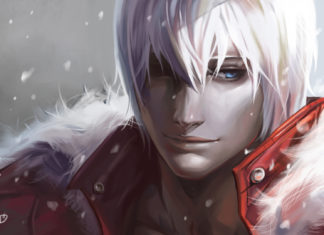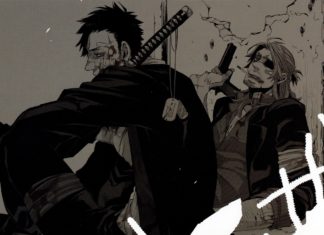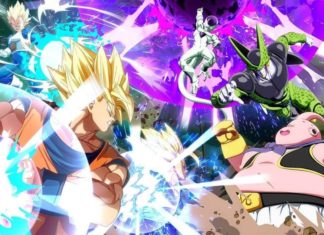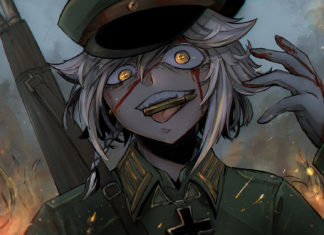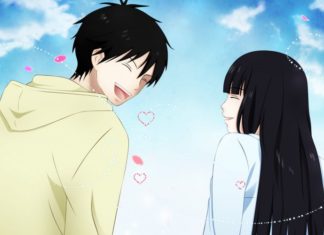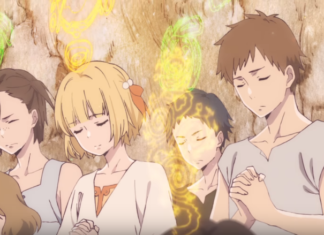Quite frequently, people tend to confuse between two terms. Sometimes, these terms at hand might have so many similarities, rendering it hard for a person to distinguish their distinctive features. This proves how hard of a task it is to differentiate between things as such. One of these common mistakes or rather misunderstood terms is the difference between anime and cartoon. These two are like not knowing the difference between a DC comic and a Marvel comic. Both deal with superheroes, but both are, also, very different.
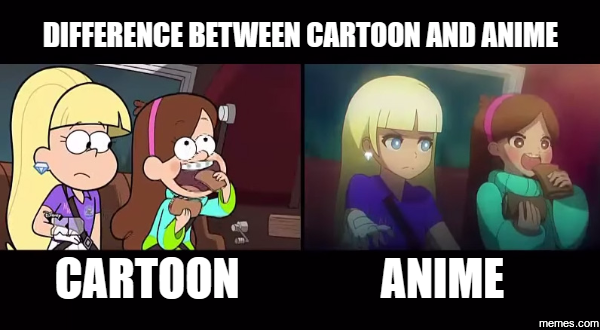
Comparing The Terms
Anime
If we were to make a chart of comparison in a simple, small paragraph, it’d look a little like this. First, let’s start with what makes anime special. As we all know, anime is a Japanese term to describe Japanese animated productions, and they have multiple forms. These forms can either be short anime series, short movies, or full-length ones. In the anime industry, distinct facial expressions matter quite a lot. Without them, anime would be vague, ambiguous, and a tad boring.
In fact, anime has a wide variation in physical characteristics. Be it the design of the character, the colors, or the whole dimension they portray. Another point worth mentioning is how anime deals with different concepts. These concepts deal with life, social issues, pure comedy and parody, and more. Most of the time, it deals with issues related to humanity; it can get violent and sexual, too. Concerning the last point, length, anime tend to air for a mere 22- 25 minutes per an episode. Whereas movies might go way beyond that time.
Cartoons
On the other hand, a cartoon is most likely a two-dimensional illustrated visual art. This definition changed a bit overtime. Modern cartoons took a sudden change, a sudden interest. Cartoons go overboard, as in get portrayed as non-realistic or semi-realistic in the drawing/ painting department. Most cartoons are intended for mockery, satire, caricature, and humor. As a matter of fact, characters, quite often, give off the impression of having a non-relative feature than the rest of the body. Growing up with cartoons like Ben 10, you can clearly notice the difference between it and an anime. Clearly, cartoons focus more making people laugh, which is why they take up the name comical, peppered with humor and satire. In addition to that, unlike anime that has a specific period of time, cornered by it even, cartoons vary from 5 minutes to an hour.
Let’s delve deeper into these characteristics, shall we?
Difference in Visual Characteristics
Anime tends to be a little exaggerated concerning physical features, thus, making it easier to distinguish between it a cartoon. In the anime industry, characters may have strange hair colors, eyes, and bodies. These traits such as large eyes and floating clothes. It is best described as a dramatic way of portraying people.
Whereas cartoons may reach out to reality a little more, carrying some traces of everyday life in them. Quite often a striking resemblance to humans can be easily noticed and spotted. That, however, does not mean cartoons cannot diverge from reality a bit. This is easily proven and shown through Marge Simpson’s unrealistic features.
Facial Expressions
As mentioned before, facial expressions in anime are most important, as the industry and illustrators love portraying emotions as best as they can for a better experience. To back up this illustration, let’s delve into how the character gets embarrassed during a scene in an anime. Embarrassment, portrayed best with a massive sweat-drop, or a massive blush covering the cheeks. Another example of how they portray emotions such as shock or surprise is performing a “Face Fault.” Anger, on the other hand, is visualized with a vein popping or a stress mark effect; mostly a bulging vein, however. Arousal in anime equals a bloody nose, or a nosebleed as the Japanese state.
Subject Matter
Anime have multiple matters they deal with, perhaps all subjects at hand they can possibly portray. Their stories range from parody to gore; they deal with a lot of genres, as well. In fact, their massive plots target people who are willing to spend a longer time watching the story/plot unravel, slowly. These said plots show some complexity, character development, and an attack on morals, which certifies the level of complexity of anime.
Cartoons, however, intend to make people laugh through countless jokes here and there. They revolve around humorous concepts. Yet, despite having cartoons with an educational nature, one cannot say that cartoons do not have morals. What they do not have is the deep structure and complex plot.
Final Thoughts
Now, this is a wrap up. Confusion between these two is quite normal, but no, we hope we cleared that. One cannot deny they inspire each other, originate from one another, but they are truly different.



